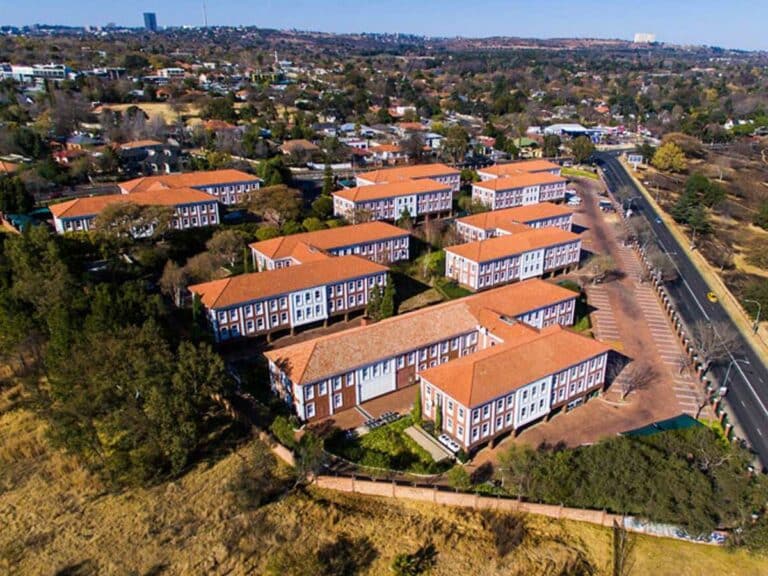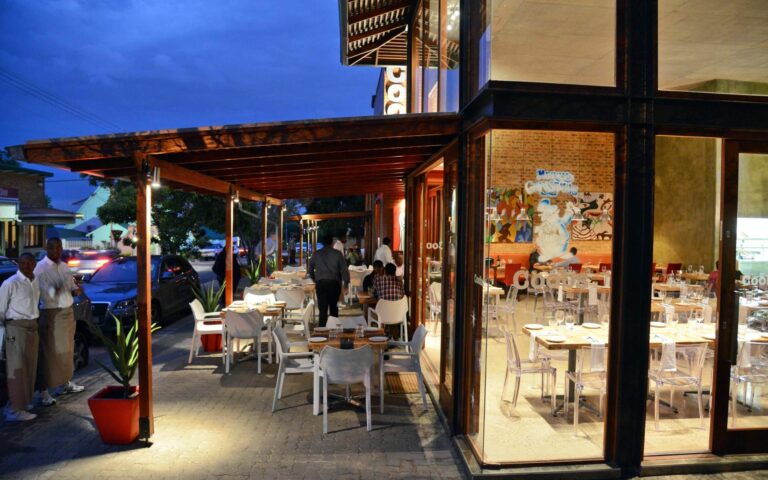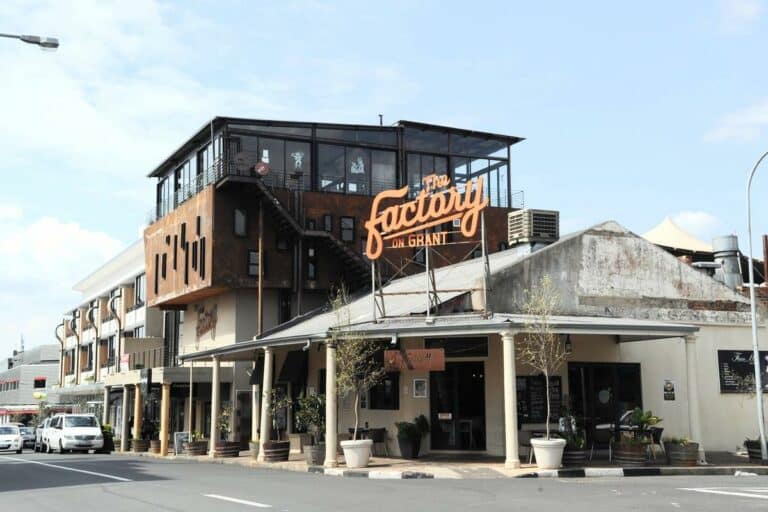There can be few places in the world whose name is more synonymous with modern-day freedom struggles than South Africa’s black township of Soweto.
It was here, during the 1976 Soweto Uprising, that the fate of a nation was forever dramatically changed when black schoolchildren protesting oppressive laws that forced them to study in the Afrikaans language were shot by white police.
You can still see the bullet holes in the roof of the Regina Mundi Catholic Church, where some schoolchildren fled screaming. It was an event that shook the world and heralded the death throes of the tyrannical apartheid regime.
Soweto (from SOuth WEst TOwnship) came into existence in 1904 after pass laws were introduced that forcibly removed black, Indian and coloured people from Johannesburg’s city centre. Over the years it has grown into a huge city of well over a million people with upmarket suburbs, quiet neighbourhoods, shopping malls, theatres, sports stadiums, cinemas and entertainment complexes, surrounded by poverty-stricken informal settlements.
Expect millionaires and migrant workers, prison-like blocks of hostels, freedom struggle memorials, colourful street markets, noise and constant activity.
Discover the Chris Hani Baragwanath Hospital, the world’s third biggest hospital; the iconic brightly painted Orlando cooling towers from which you can bungee jump; the only street in the world where two Nobel Peace Prize winners once lived (Nelson Mandela and Desmond Tutu); plus several National Heritage Sites.
The Hector Pieterson Memorial and Museum, named for a12-year-old student who was shot in 1976 uprising, is a poignant reminder of that day, with its understated displays of photographs, historical documents and oral histories. Walter Sisulu Square is the site where the 1955 Congress of the People drafted the Freedom Charter that later became the cornerstone of the 1996 South African Constitution – one of the most progressive in the word.
The best way to discover Soweto is to take a guided tour where you can choose to walk, cycle, quad bike or take a tuk-tuk – and along with the hundreds of thousands of visitors who come here each year you’ll find Soweto is exhilarating, exciting and unique.







